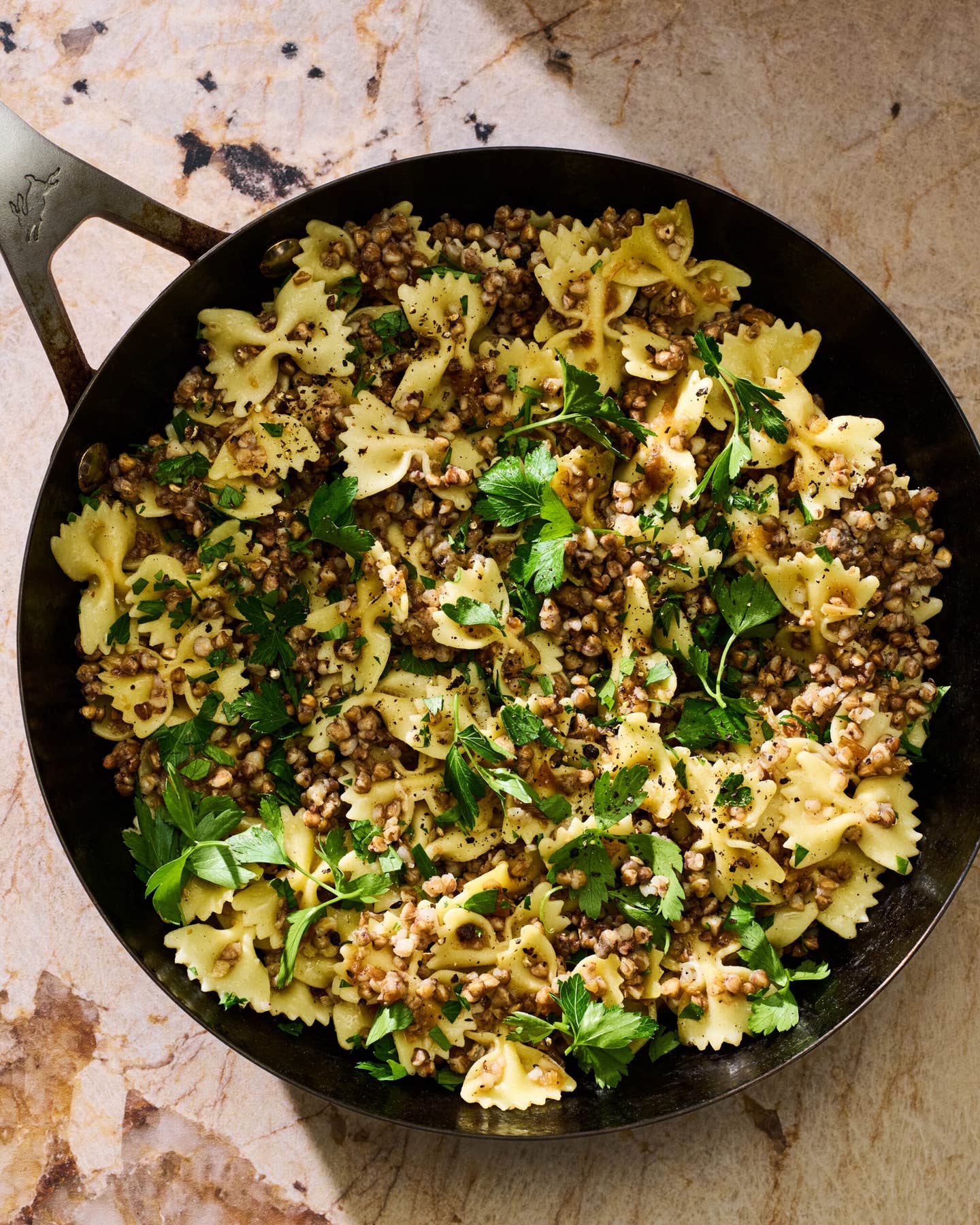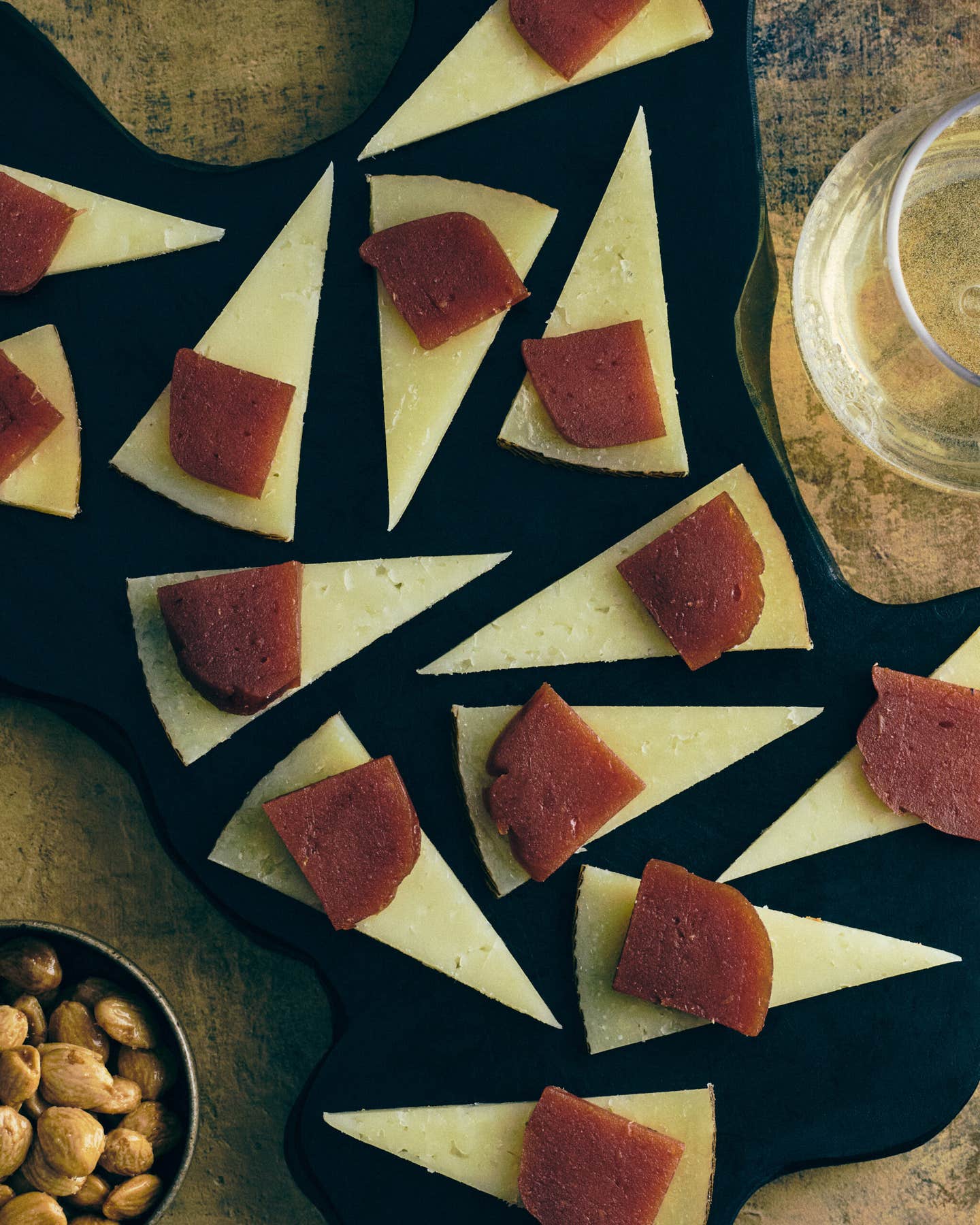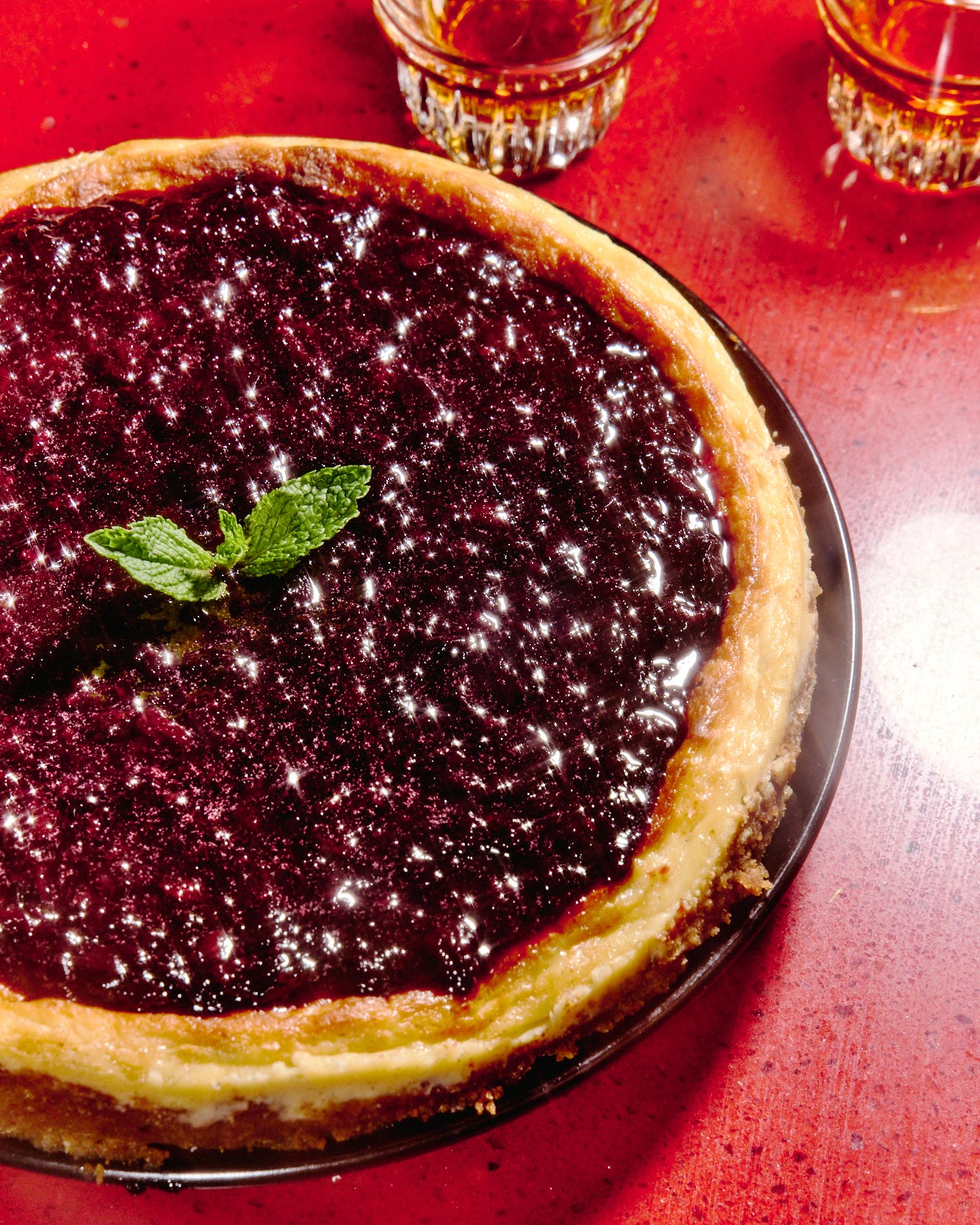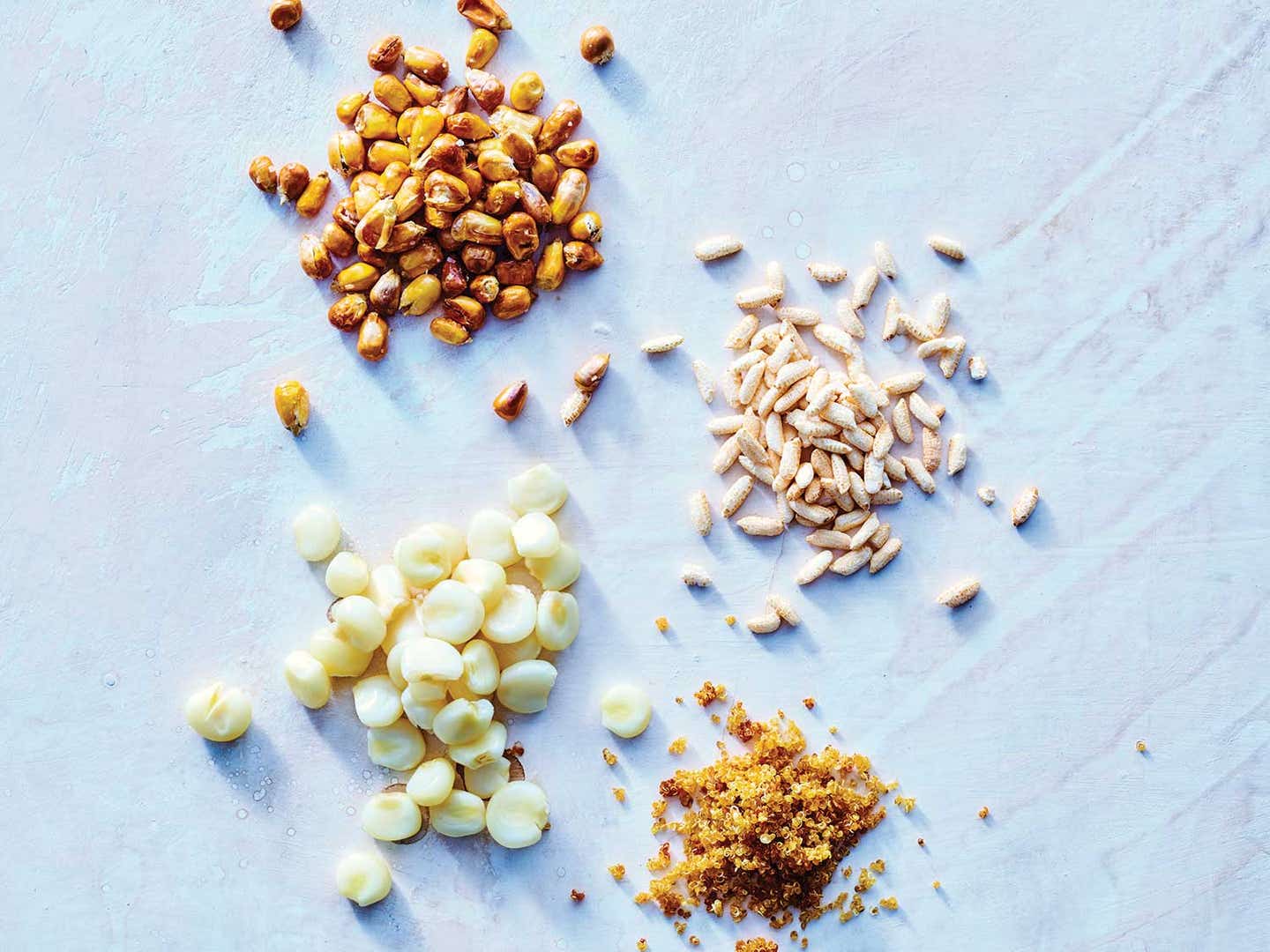
The Secrets of Lima’s Cutting Edge Ceviche
In Peru, finer fish cuts, bolder hot-sour bases, and unrestrained creativity set this dish apart
Walking around Lima, where there are cevicherías in every neighborhood and each one is bursting with locals, you would never know that ceviche—a citrus-marinated seafood starter—wasn't invented in Peru. Crude forms of the dish—at its most basic, raw fish marinated in a lime, fish stock, and ají chile mixture—are found all along Latin America's Pacific Coast and have been for centuries. Yet, it is in Peru that the most elaborate versions have taken shape, influenced by waves of immigrants and international chefs.
When the Spanish arrived in Peru in the 1500s, they found coastal communities eating raw fish mixed with the juice of tumbo, a pulpy passion fruit relative. They added lime and onions, upping the acidity and bite of leche de tigre (tiger's milk)—ceviche's famous bright and briny base. But it was Japanese chefs in Lima who, in the past 50 years, have sculpted ceviche into its current culty form. Today in Nikkei, or Japanese-Peruvian, versions, the fish is cut more finely, and the liquid is added only a few seconds before serving, leaving the fish more sushi-like and less "cooked" by the acidic juices.
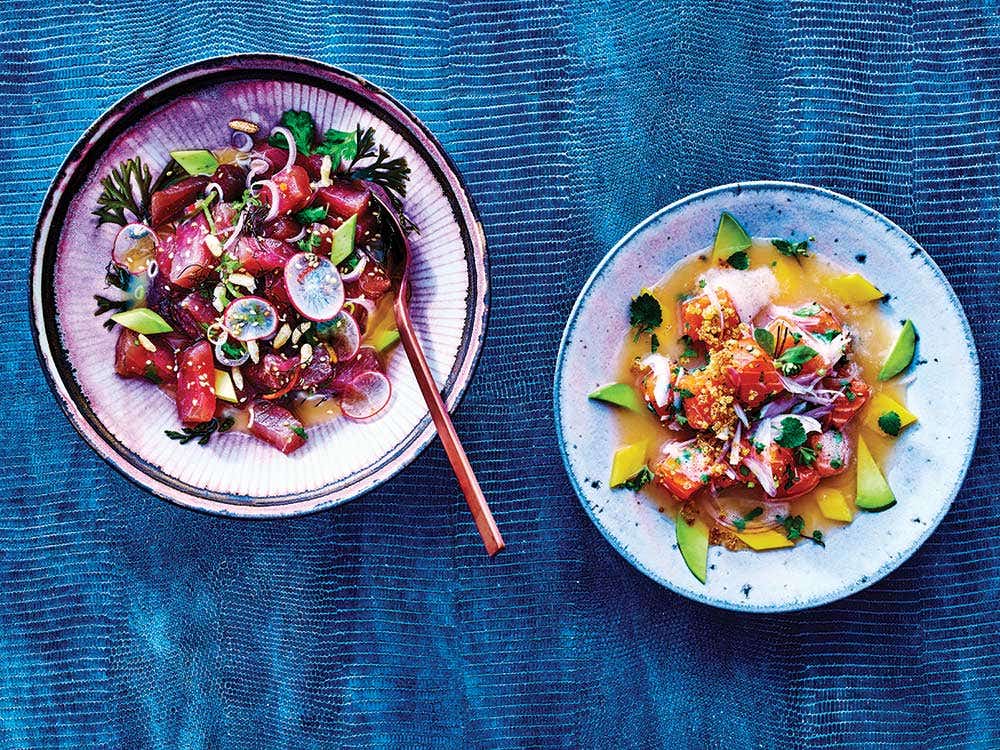
On weekends, cevicherías are the city's social centers. At casual destinations such as Sonia in Chorrillos, founded by fisherman Freddy Guardia and his wife, Sonia, ceviches made with the day's catch come before pulpo al olivo (octopus in a purple olive sauce) or fried fish and rice. Young friends and the fashion crowd might end up at Barra Lima, one of the city's most respected neo-cevicherías, where boundary-pushing chef John Evans Ravenna has helped give contemporary Peruvian ceviche its clout.
"Ceviche can be one of the simplest and most complex dishes," says Ravenna, who is known for adding nontraditional components like silky emulsions he learned in fine-dining kitchens or delicate native plants. He also uses classic ingredients, like cancha (toasted and salted chullpi corn) and choclo (a large-kernel white corn), common in the street-stall version, ceviche carretillero. But where those stalls often feature sole or seabass, cheffy Nikkei versions might instead use bonito or mackerel, and sesame seeds in place of the corn.
Though the varieties are endless, a few parts of Ravenna’s signature style have stuck in his dishes, include salt-curing the fish a day before to firm and flavor it; or adding seaweed, salicornias (a briny succulent), oxalis (sorrel), or edible flowers. “Still, what is most important is using the freshest fish possible.” It is a more-is-more dish—up to a certain point.
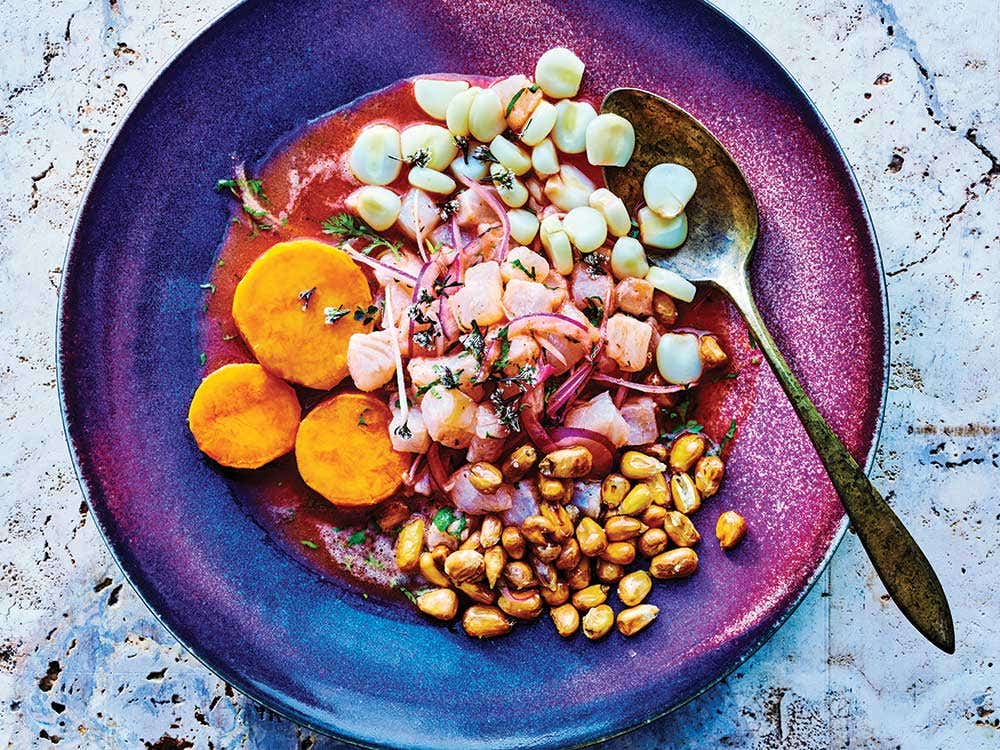
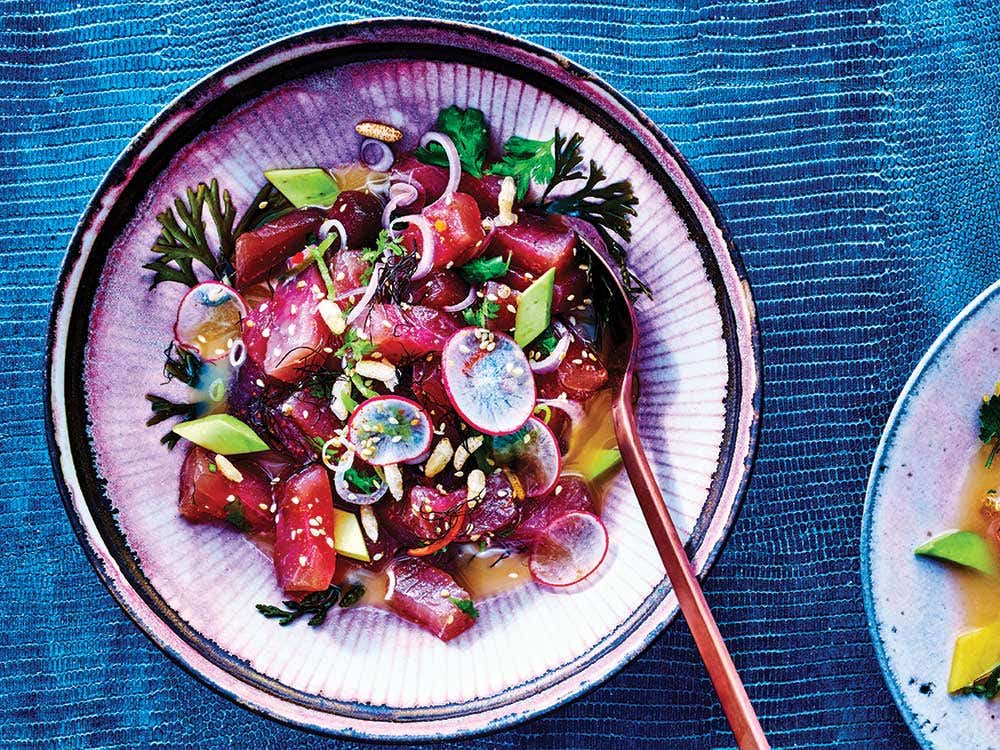
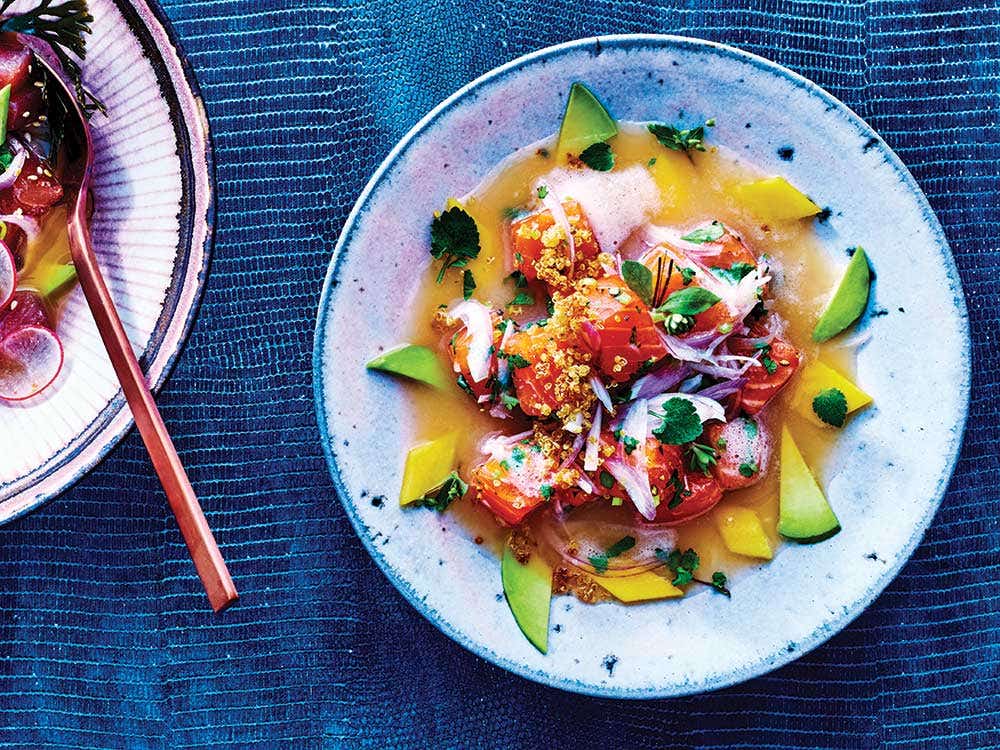
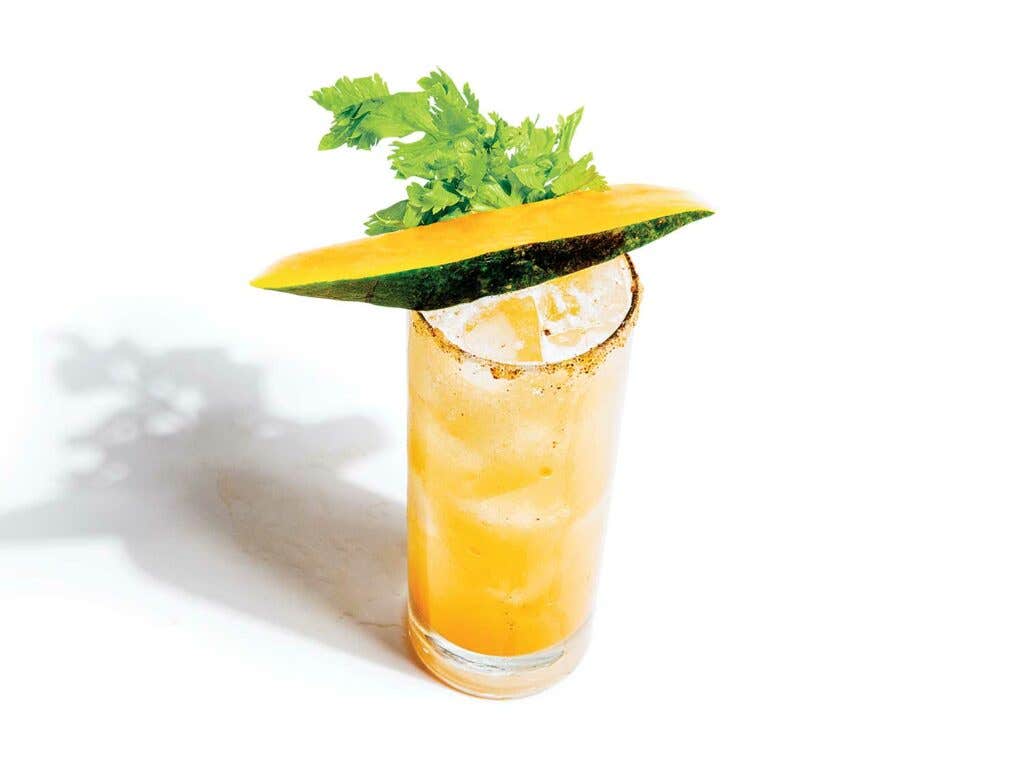
Keep Reading
Continue to Next Story





